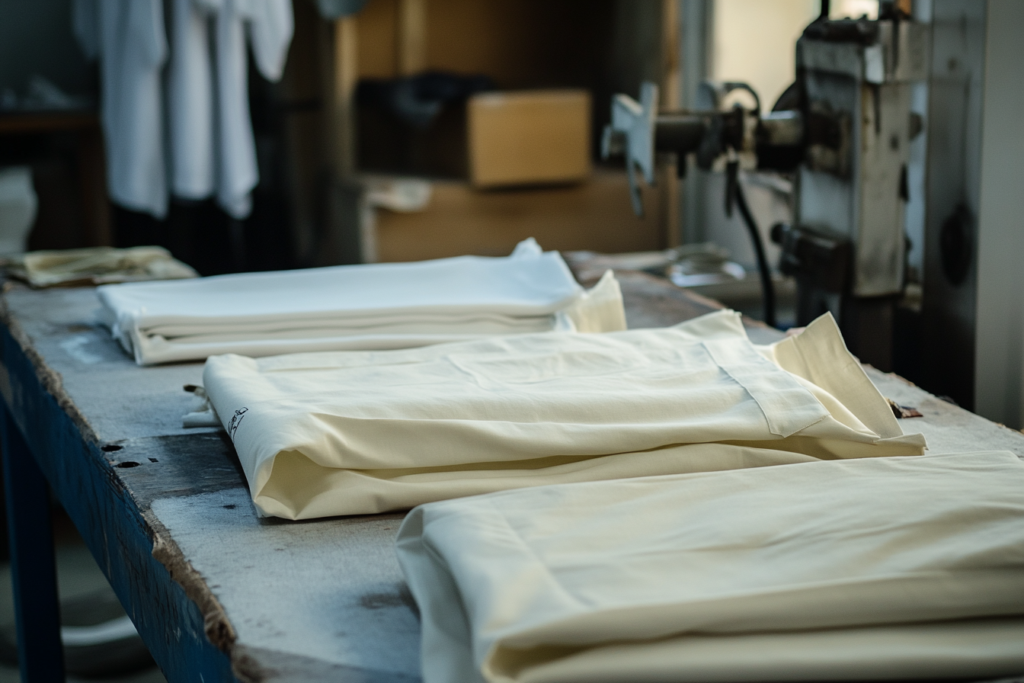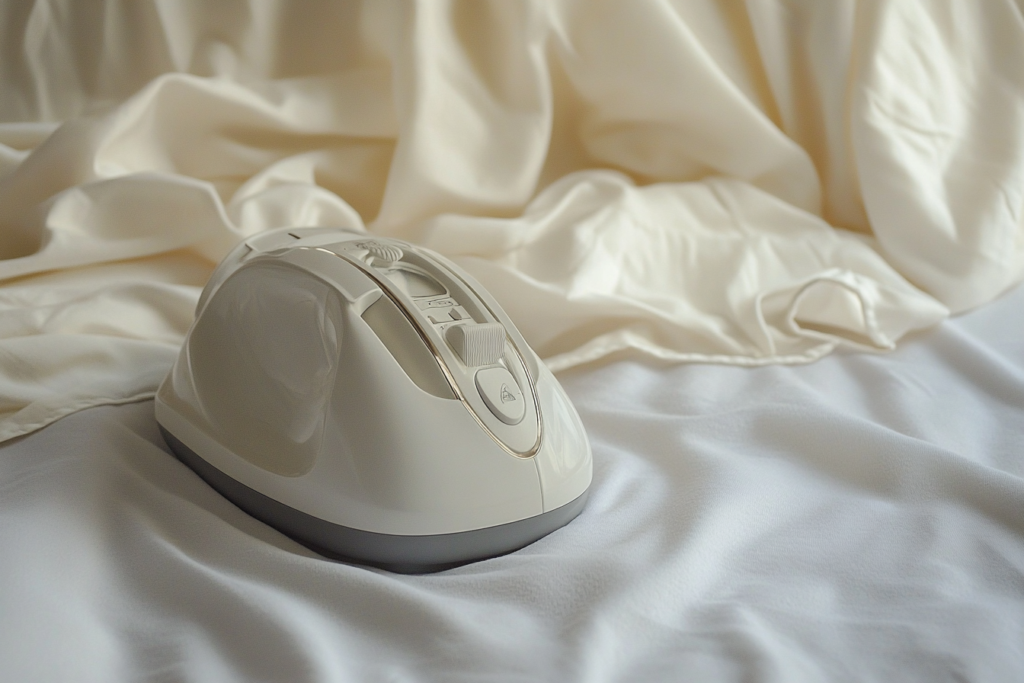Set: The Definition and Importance in Garment Construction
Meta Description: In garment construction, “set” refers to a piece of clothing that has been ironed flat. Discover how this process contributes to the final look and structure of the garment.
What is Set in Garment Construction?
In the context of garment construction, the term set refers to a piece of clothing that has been ironed or pressed flat to achieve a smooth and well-structured finish. This process is essential for both appearance and fit, as it helps eliminate wrinkles, ensures the fabric retains its shape, and makes the garment look professionally finished.
Setting the garment involves the use of heat (from an iron or pressing tool) to mold the fabric into the desired shape. This process can be applied to seams, darts, and the overall structure of the garment, ensuring it holds its shape through wear and care.


Key Features of Set Garments
✔ Smooth Finish – Pressing garments ensures that all seams and fabric surfaces are smooth, preventing any unwanted creases or wrinkles.
✔ Improves Fit – The setting process can help define the fit of a garment, especially when shaping elements like darts or pleats are involved.
✔ Enhanced Structure – Setting adds structure to garments, giving them a crisp, clean look that appears well-crafted and tailored.
✔ Prevents Wrinkles – Helps to minimize the occurrence of wrinkles after the garment has been constructed, making it look neater for longer.
Why is Setting Important in Garment Construction?
- Achieves Professional Quality
Setting the garment is crucial for achieving a high-quality finish. A well-pressed garment shows attention to detail, giving it a clean, crisp appearance that is often associated with professional tailoring. - Defines the Shape
Pressing or setting helps to define the shape of the garment. For example, darts in a blouse or the pleats in a skirt are set into place to create structure and fit. This can make a significant difference in the garment’s overall silhouette. - Prevents Shrinkage and Distortion
During the setting process, the fabric is carefully shaped, reducing the risk of distortion, shrinkage, or stretching. This ensures the garment will maintain its shape throughout its lifecycle. - Enhances Fabric Appearance
Certain fabrics, such as cotton, linen, or wool, benefit greatly from pressing. The process removes wrinkles and enhances the fabric’s natural texture, bringing out its visual appeal.
How to Set a Garment
1️⃣ Prepare the Garment
Before setting, make sure the garment is clean and dry. If necessary, use a fabric steamer or spray to dampen the fabric slightly, which can make pressing easier.
2️⃣ Press the Seams
Press the seams to flatten them, starting with the seam allowances to open up the edges, and then pressing the main part of the seam. This creates a smooth, even surface for the garment.
3️⃣ Shape the Darts or Pleats
Use the iron to set the darts and pleats into the desired shape. Make sure to press in the correct direction to achieve the correct silhouette.
4️⃣ Final Pressing
After assembling the garment, give it a final press to ensure everything lies flat. This can include pressing the hem, collar, and sleeves to achieve a professional finish.
Where is Set Used in Garment Construction?
📌 Shirts and Blouses
- Setting is crucial for creating smooth seams and well-defined darts, helping to shape the body of the garment and ensure it fits comfortably.
📌 Suits and Jackets
- In tailored garments like suits and jackets, setting gives the garment its structured look and helps define the collar, sleeves, and waistline.
📌 Skirts and Dresses
- Pleats, hems, and darts are often set to give skirts and dresses their distinctive shapes. A properly set pleat will maintain its shape throughout wear.
📌 Outerwear
- Coats and jackets benefit from the setting process, as it helps shape the garment and creates a crisp finish, especially at the collar and cuffs.
Conclusion: The Essential Role of Setting in Garment Construction
In garment construction, the setting process is essential for ensuring that the finished piece has a smooth, professional appearance. Pressing or ironing the garment into shape provides structure, removes wrinkles, and helps the fabric retain its fit and form. Whether it’s a blouse, a suit, or a dress, setting is a key step in achieving a polished, well-crafted garment.
By setting the garment properly, you ensure that it not only looks great but also holds its shape over time, resulting in a product that maintains its fit and visual appeal long after it’s been made.



